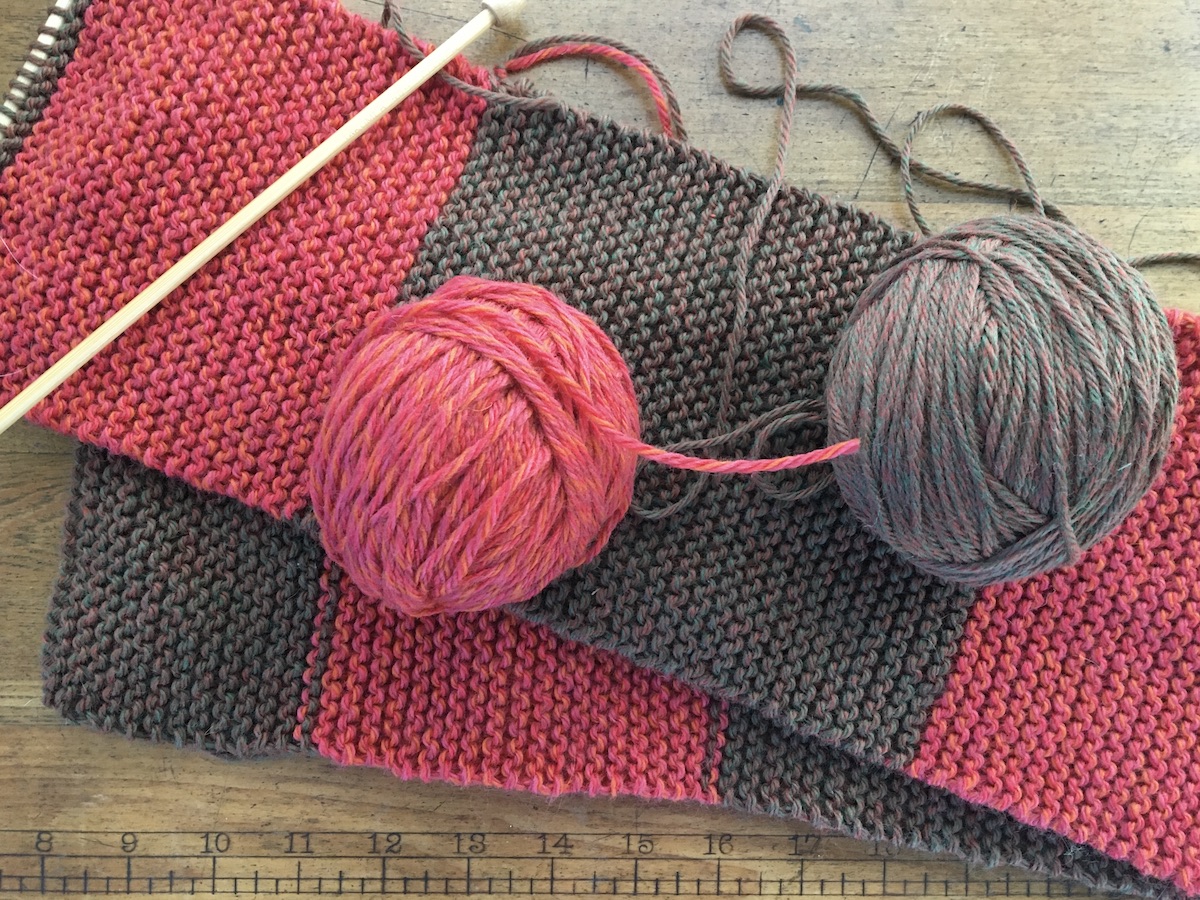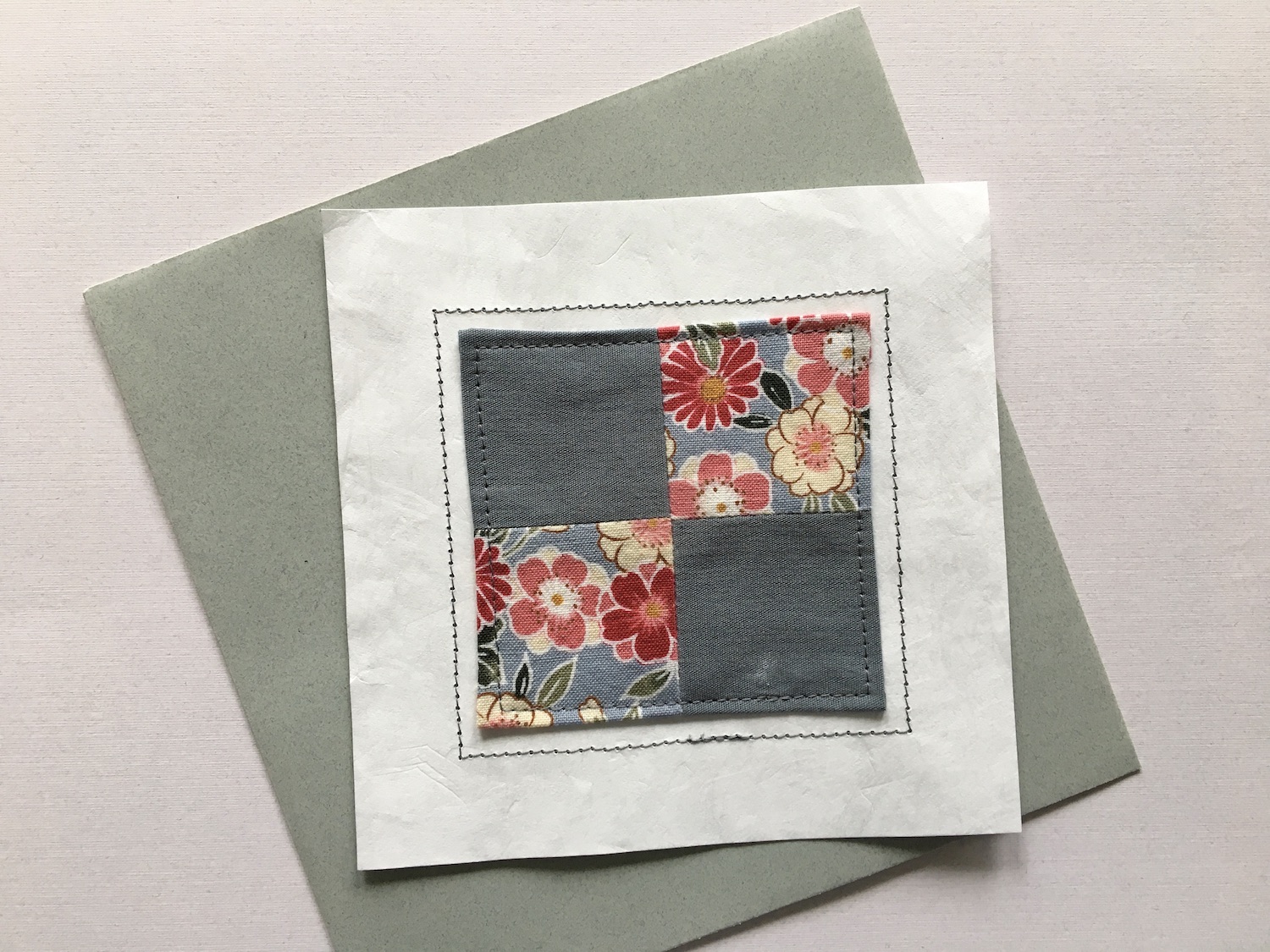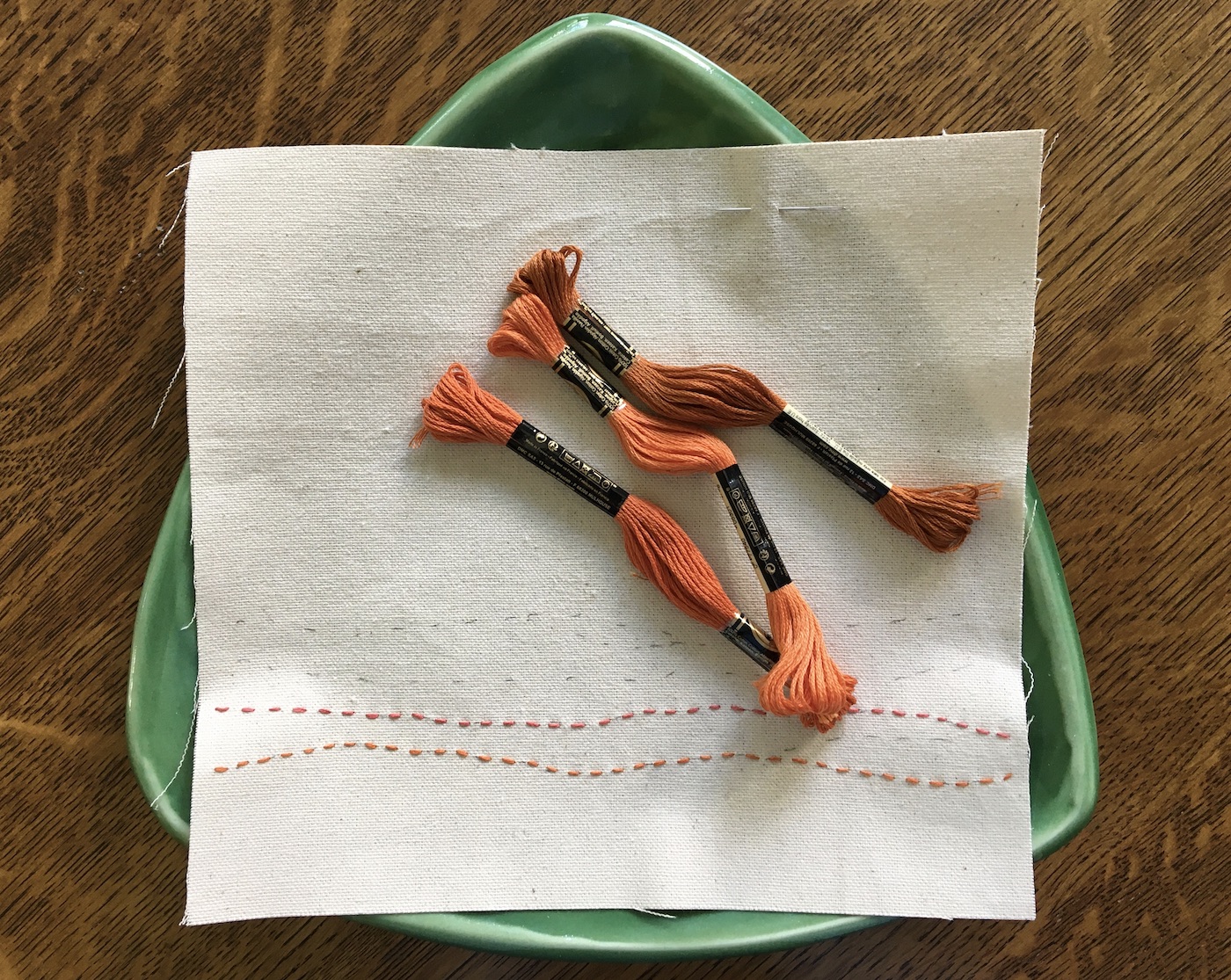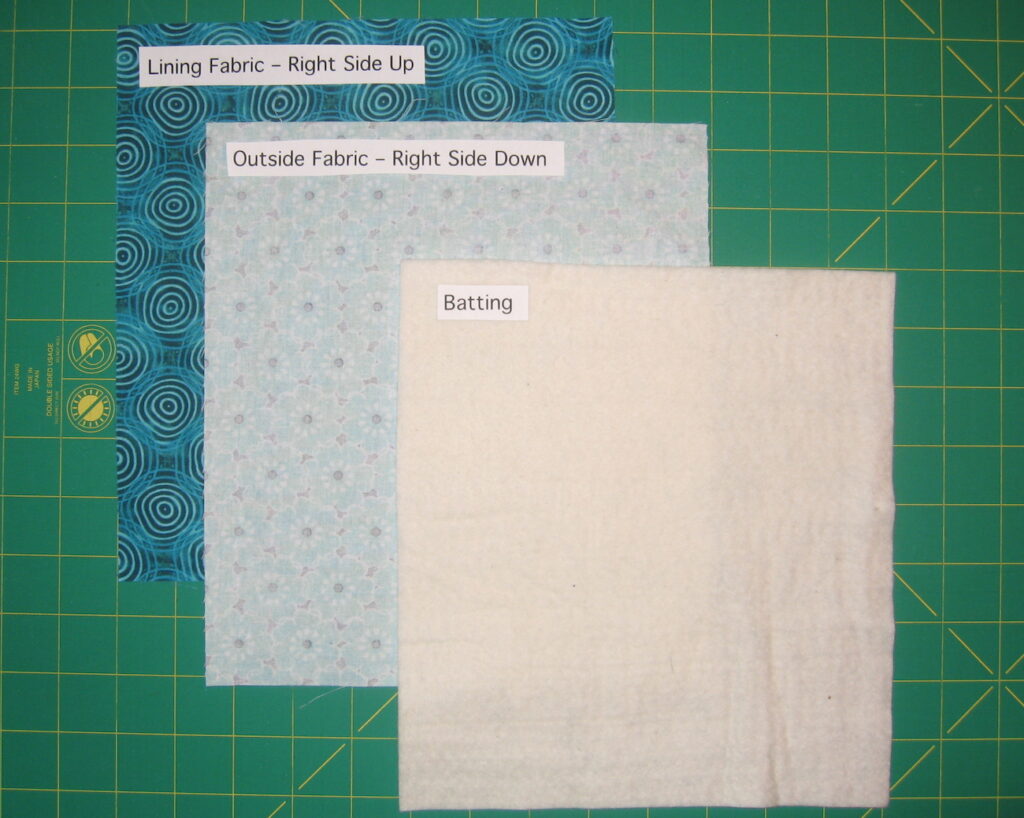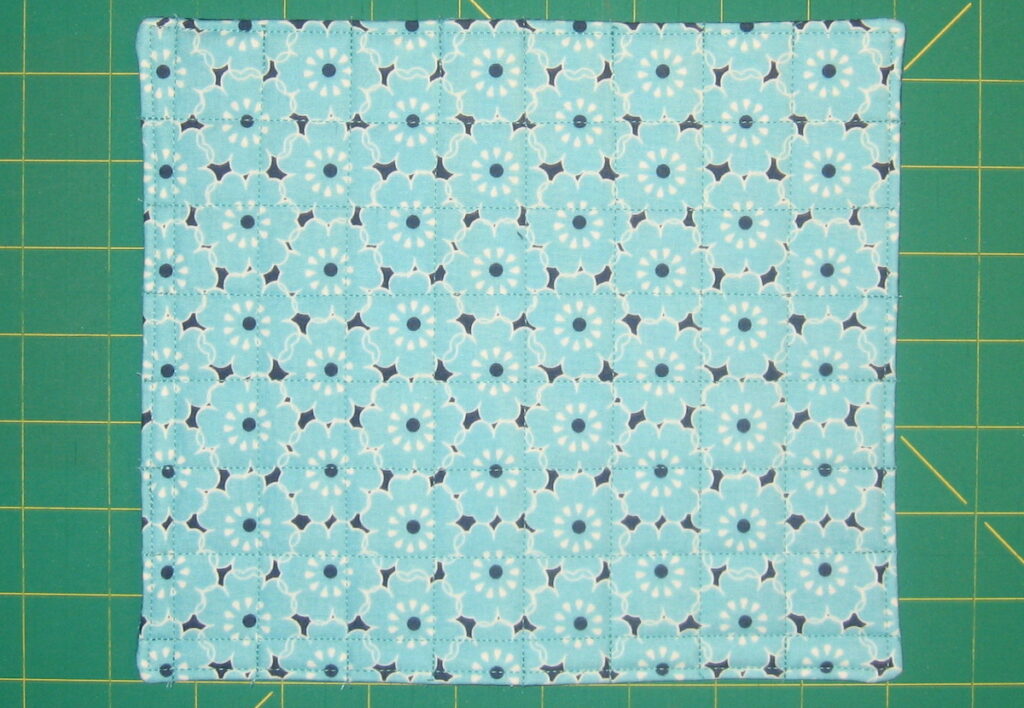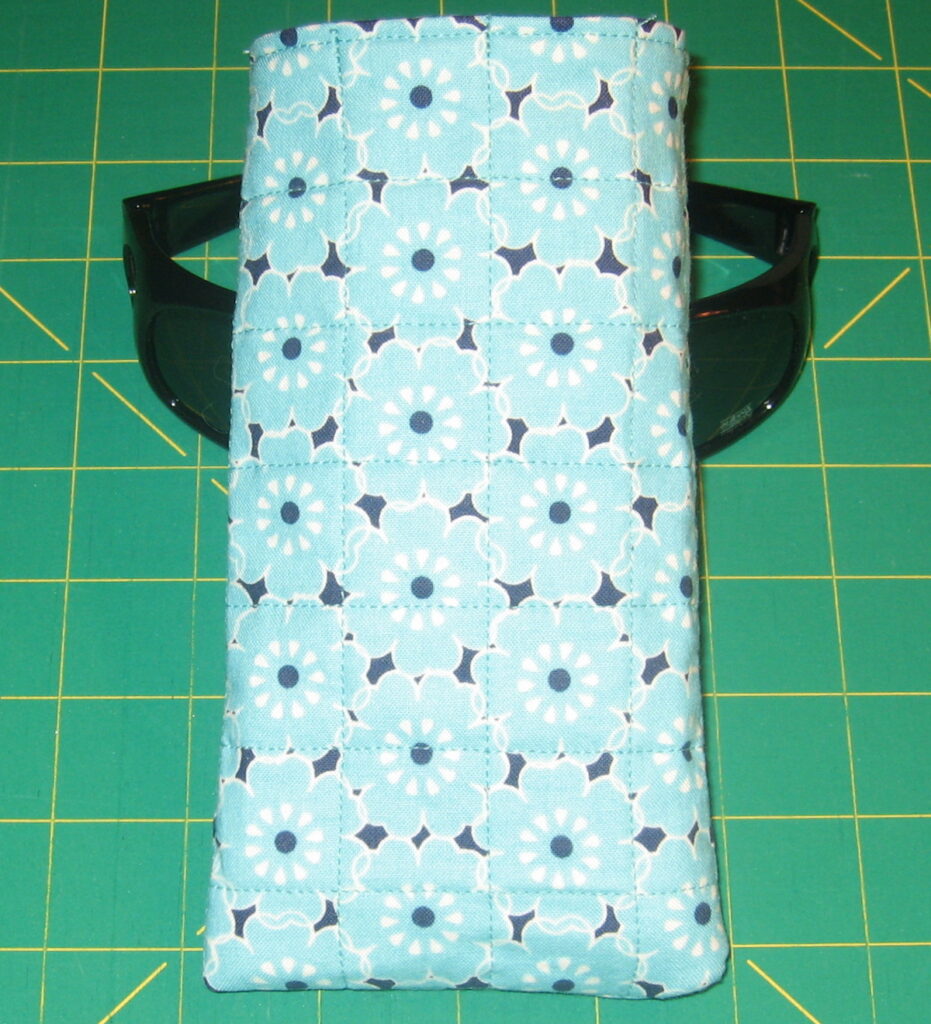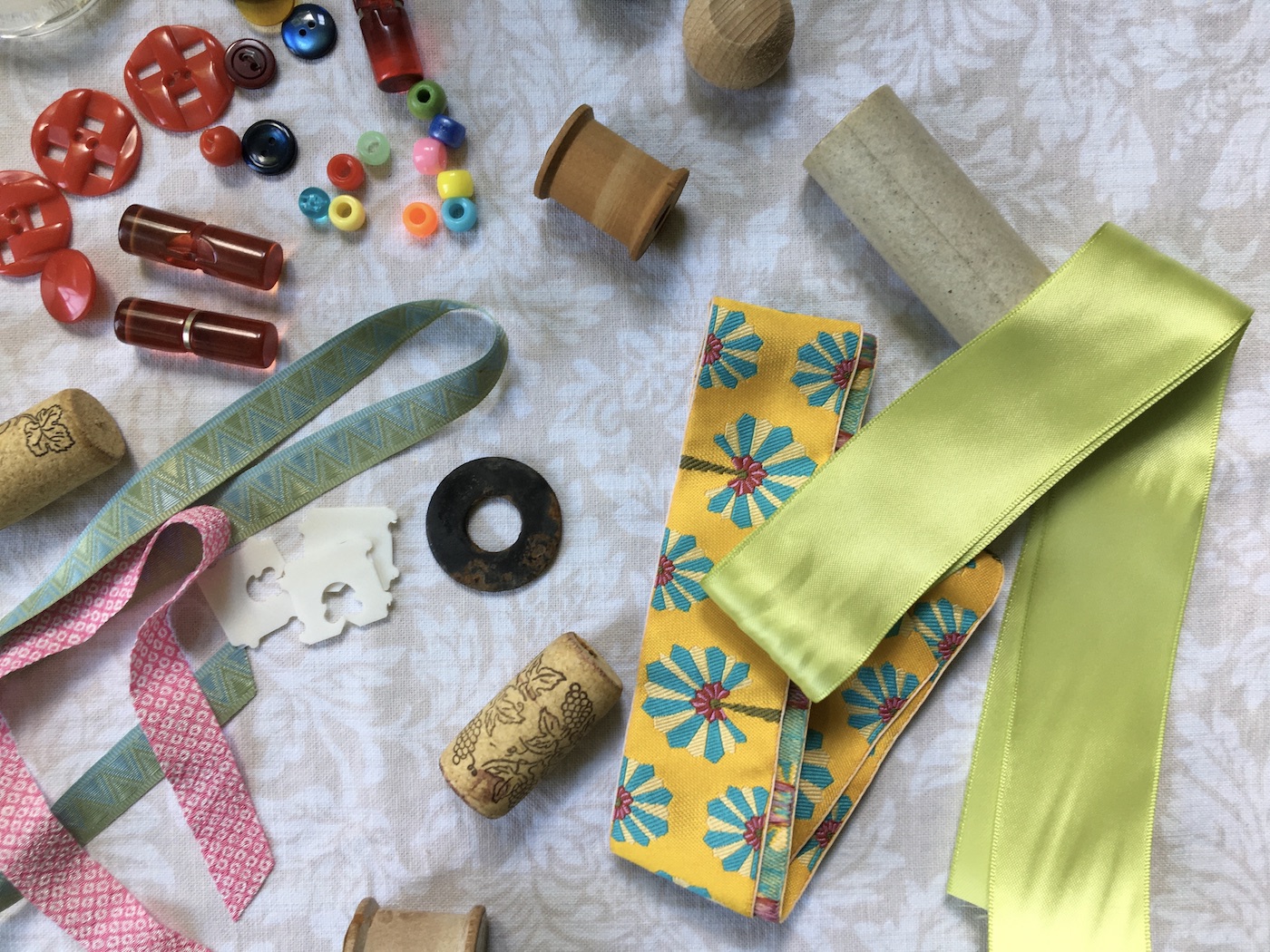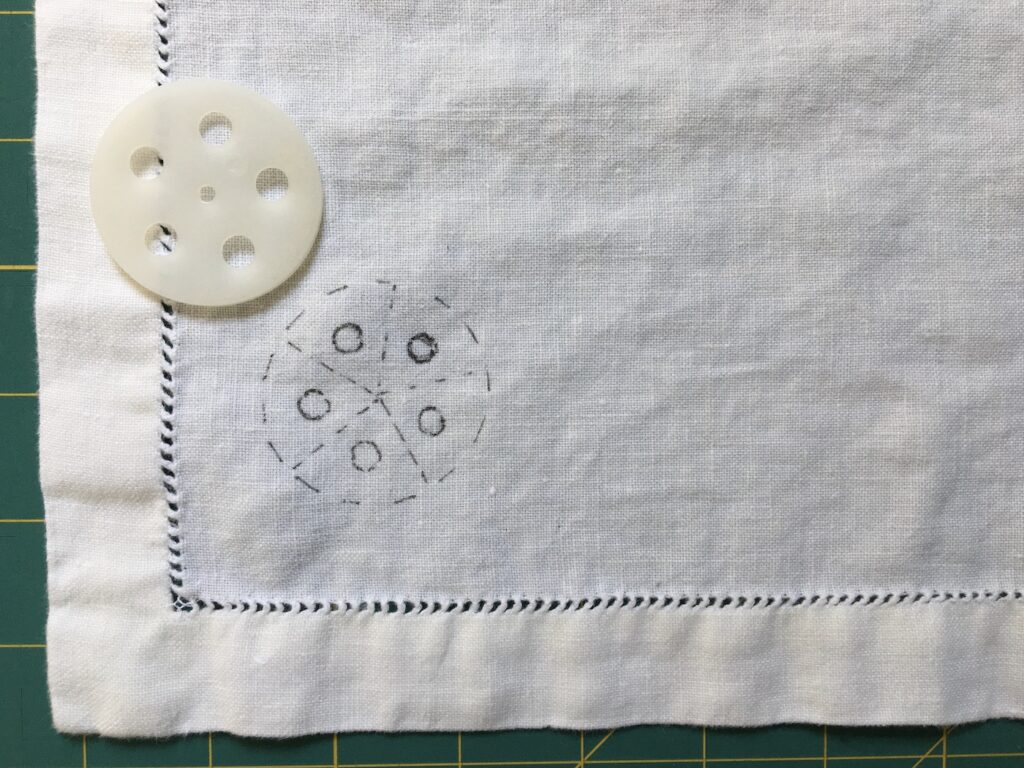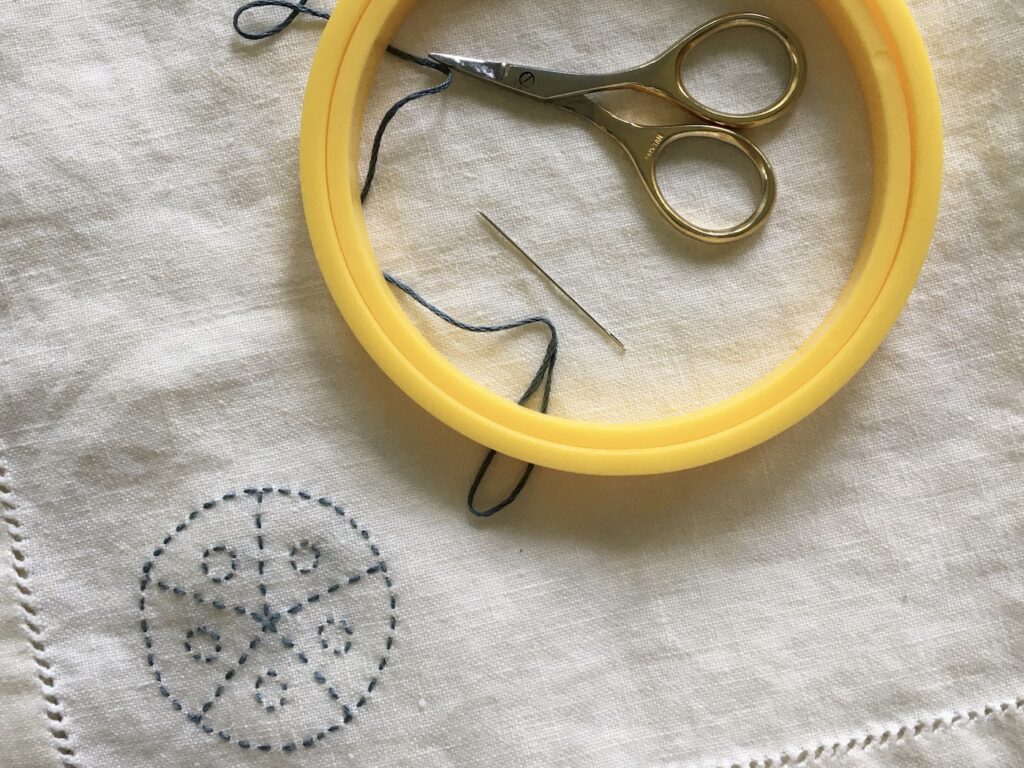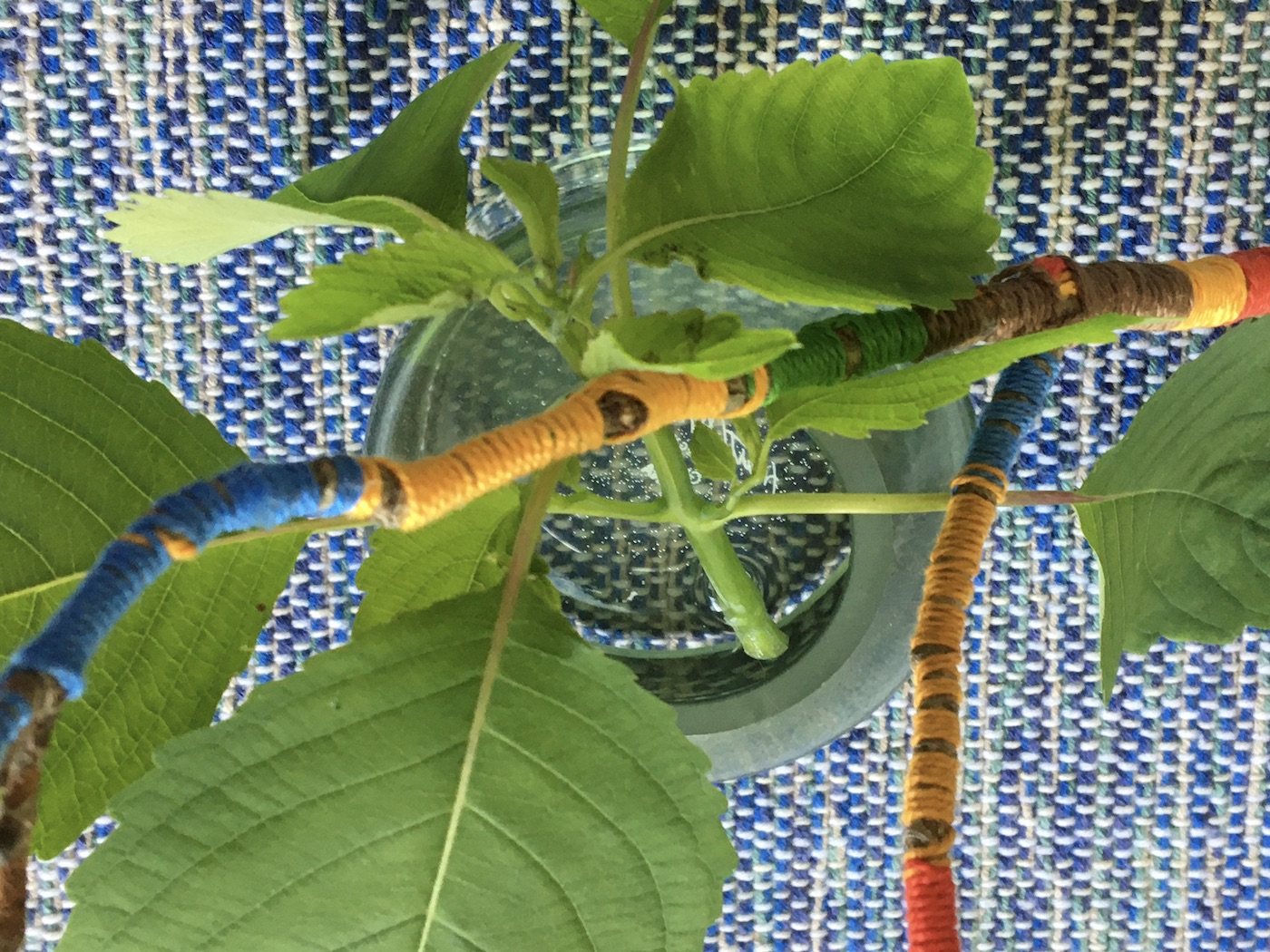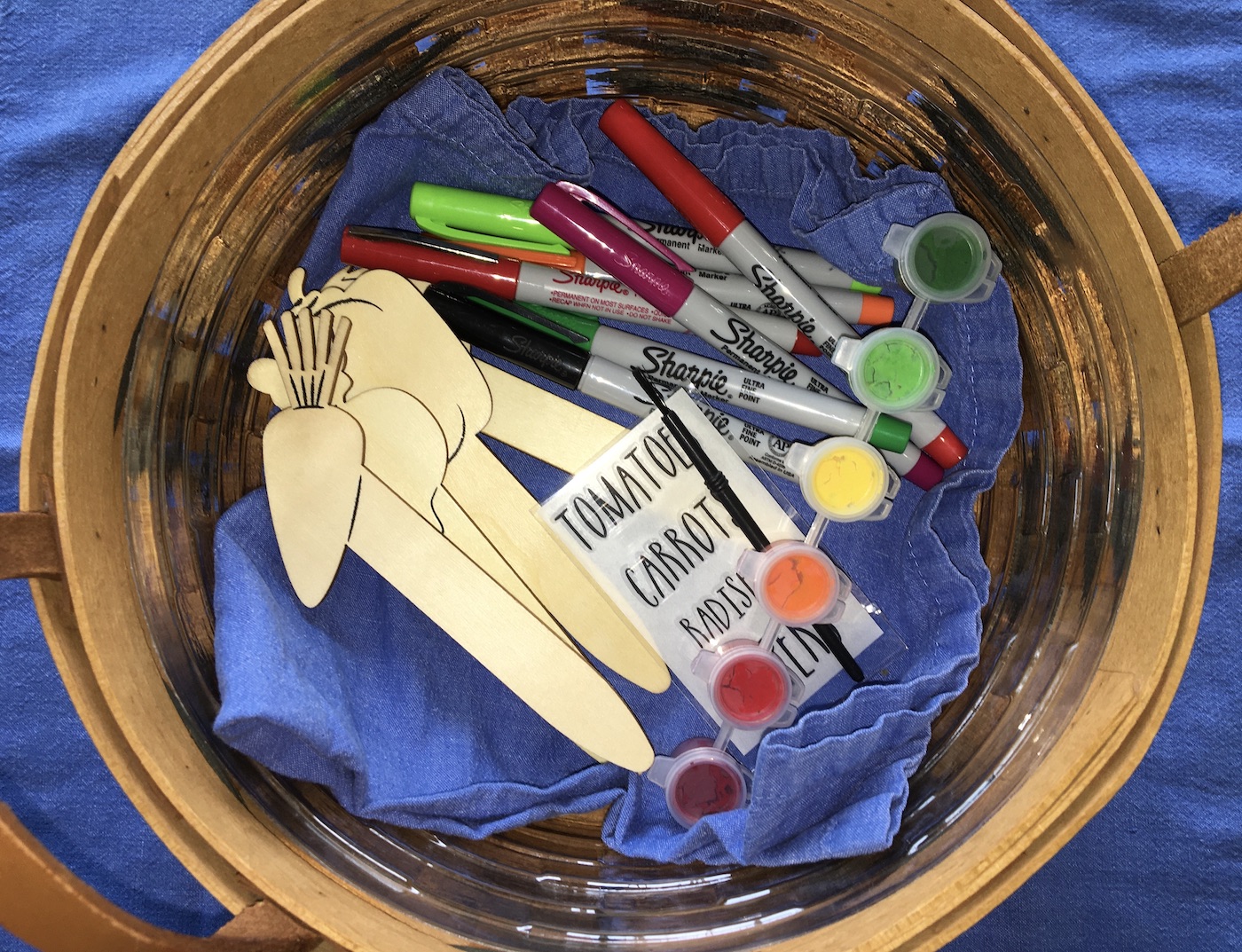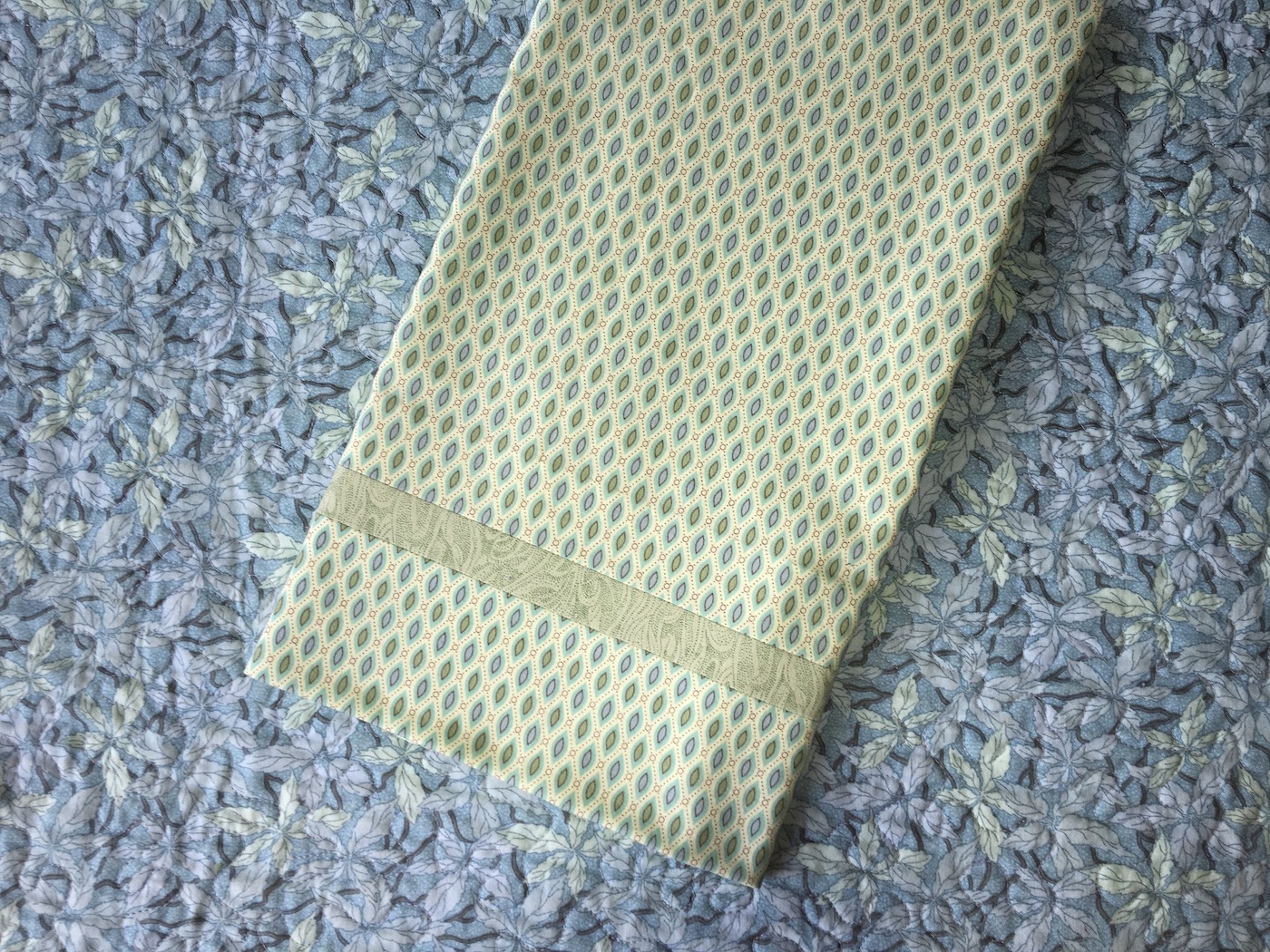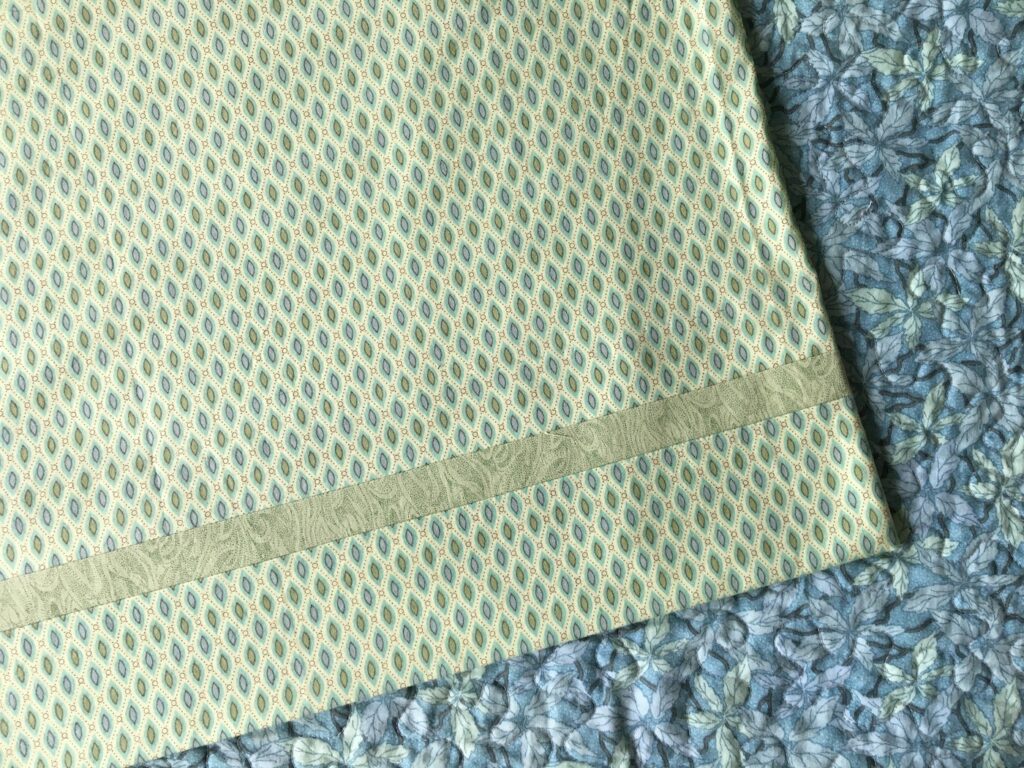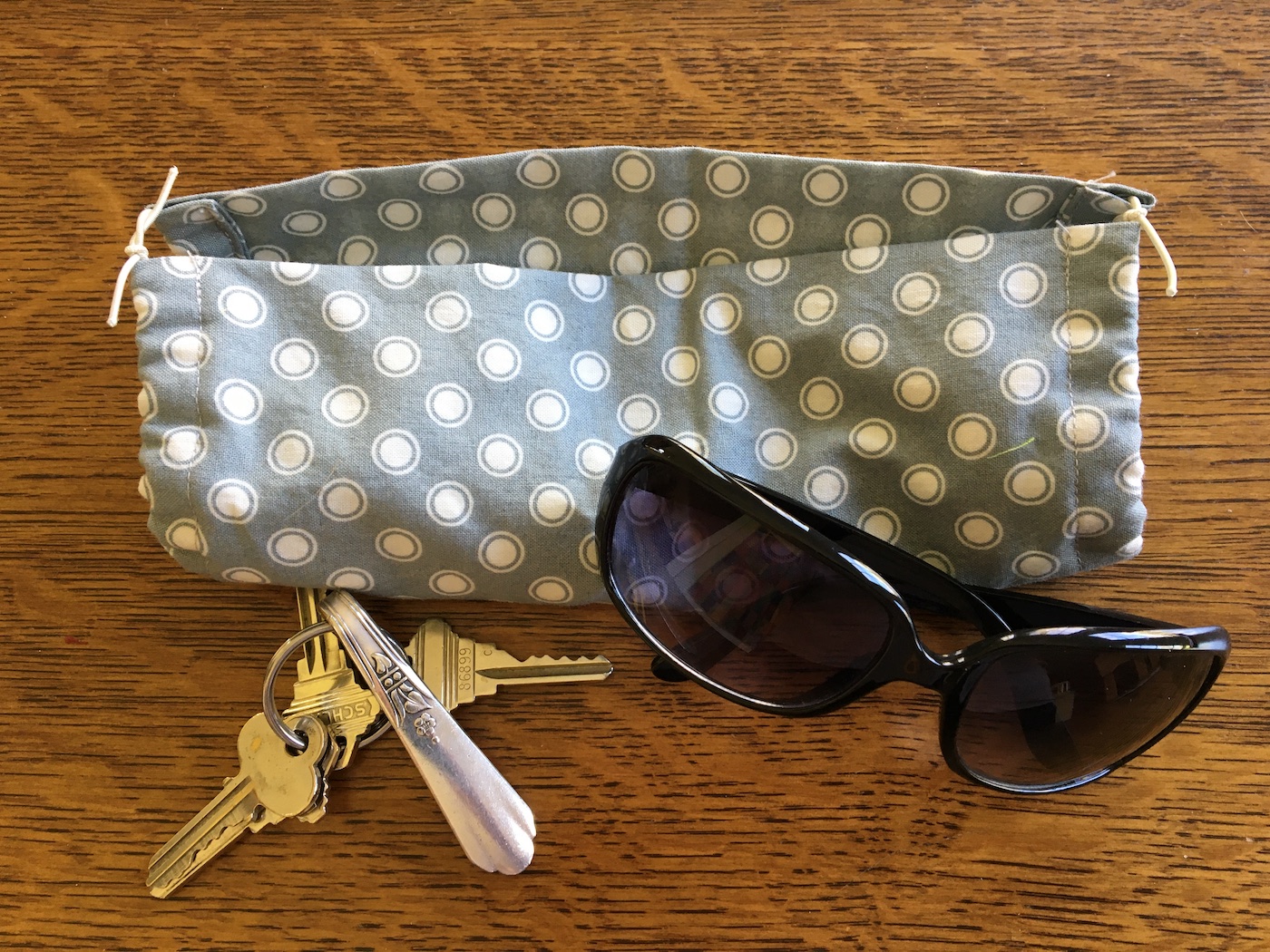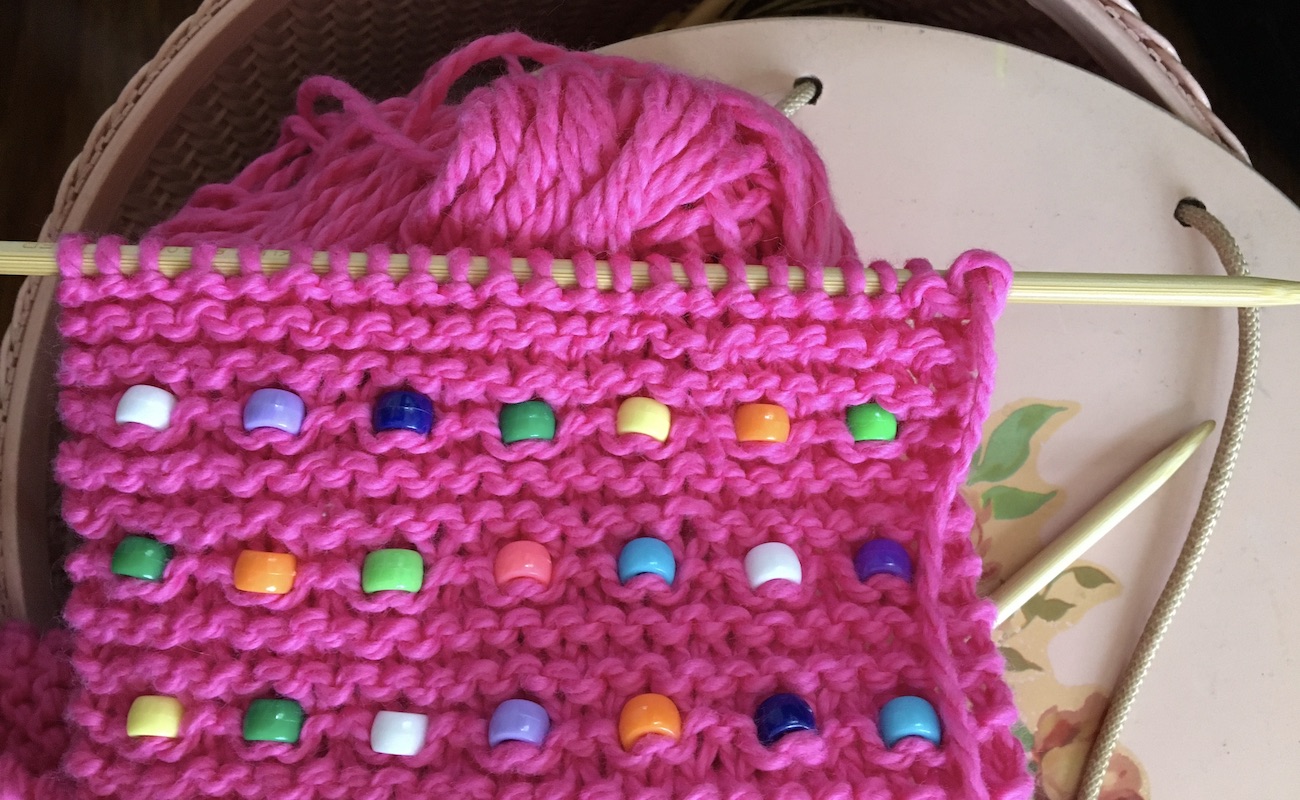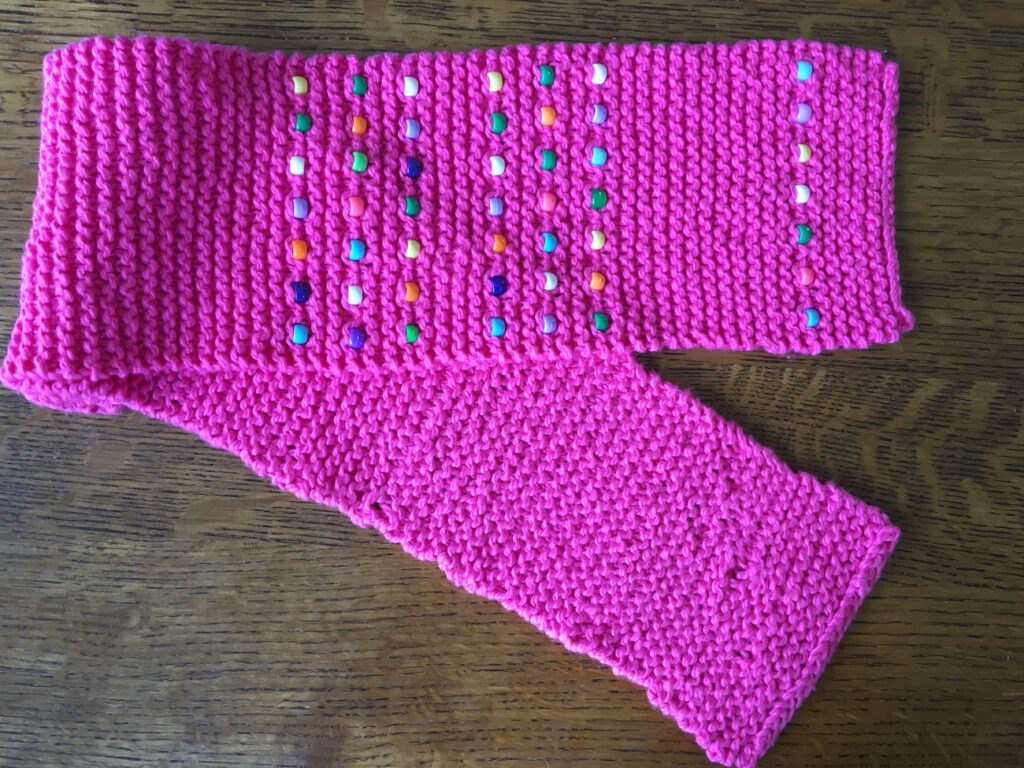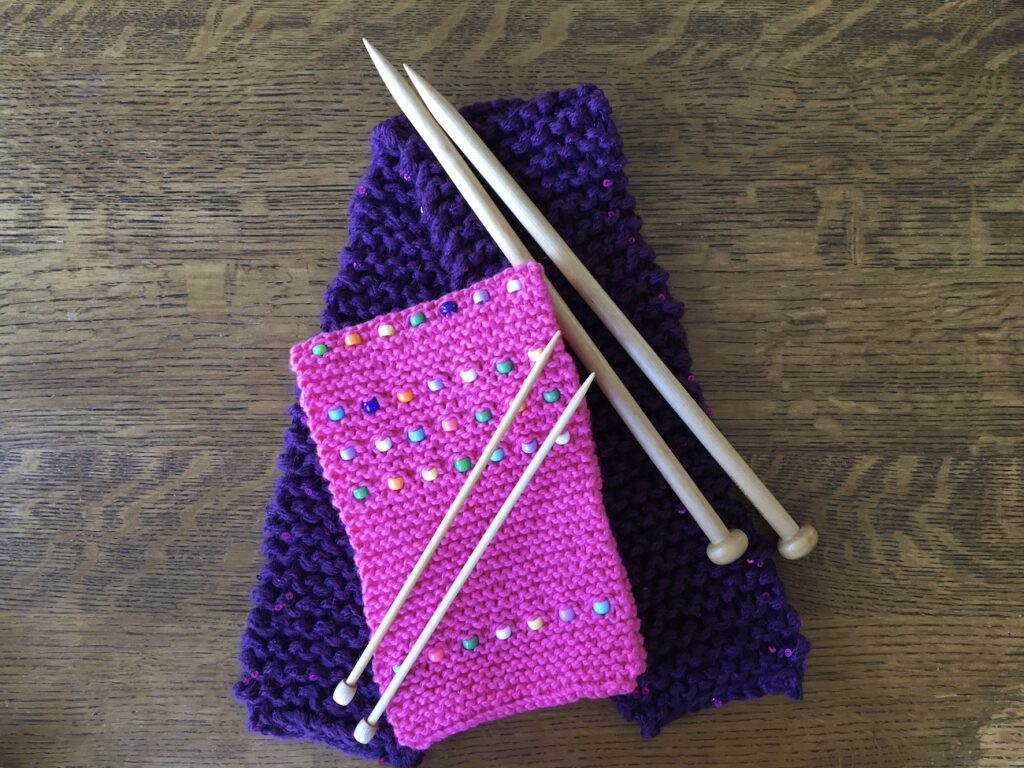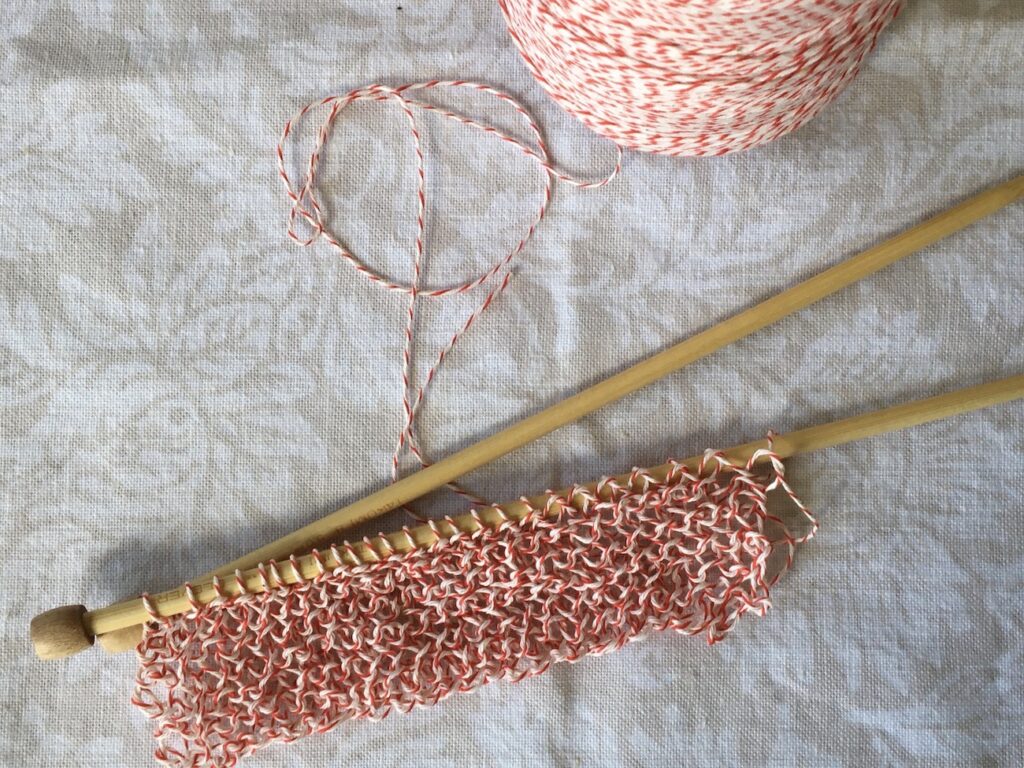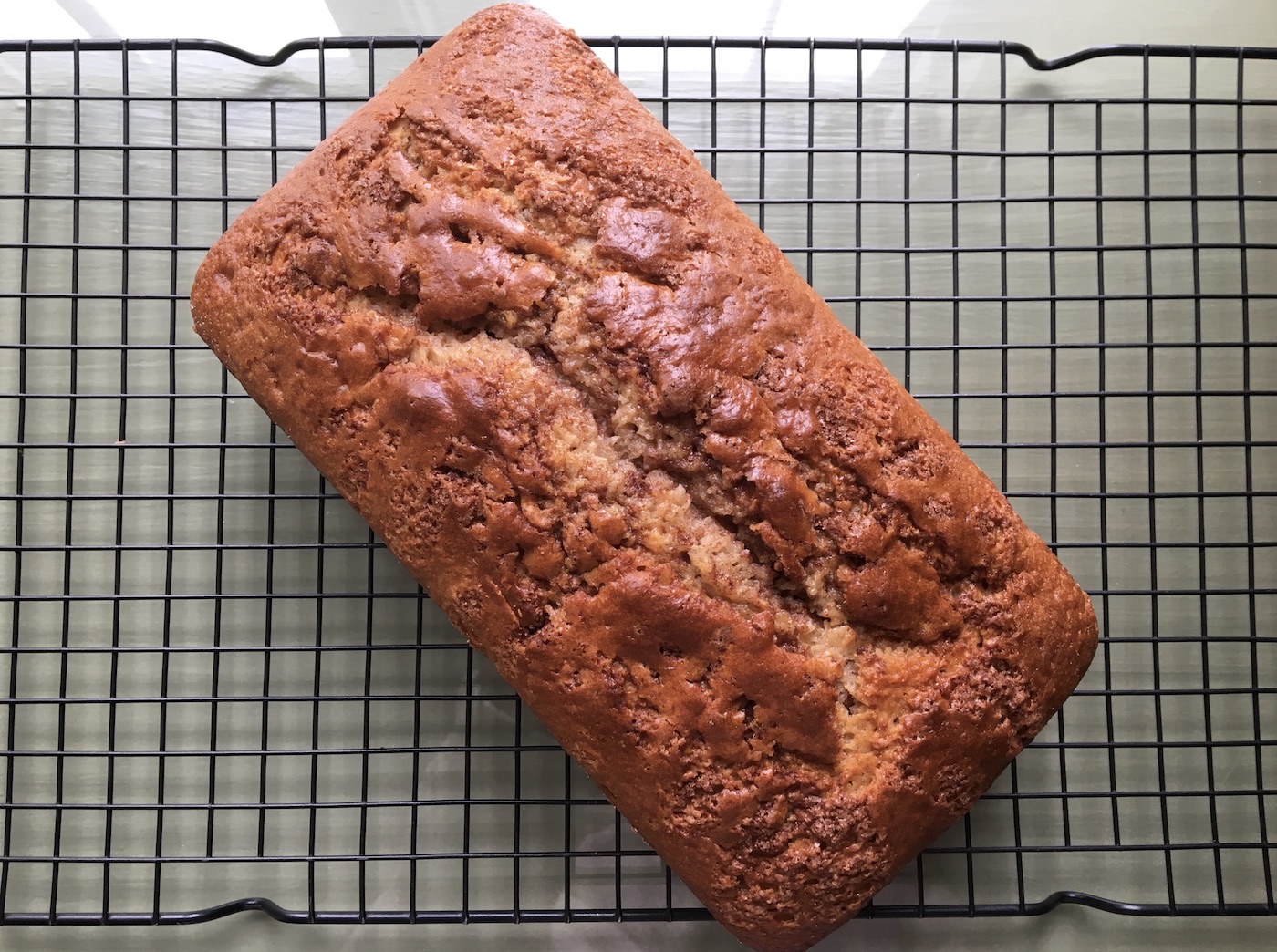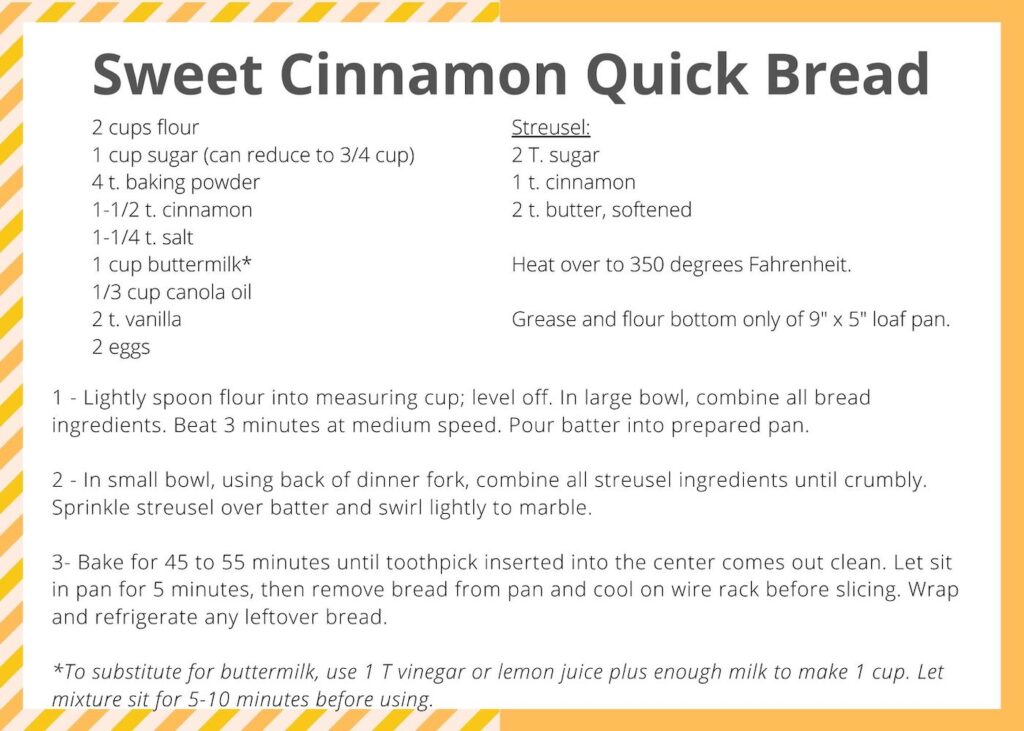Unplugging to Create and Explore
Election Day seems to be a good day to post about the break I’ve taken in this space, especially since I’m trying to tune out the news for at least part of the day. So, about that break…
My studio is where I go to create, express ideas, find peace, and get lost in the flow. Occasionally, it feels more like work than play – usually a sign that my creativity is tapped out. So, I took a break – or, as I like to say, cleared the table for awhile. Critical was unplugging from social media and engaging in activities that I find restorative:
- Playing with color and texture. Finding a box of yarn for a sweater that I know I will never knit started me down this path. Now, 4-1/2 scarves later, I’ve got some ideas for future quilts and embroidered pieces – and gifts for my family.
- Sketching found objects. When out on walks, I like to pick up leaves, acorns and other items lying on the ground. When the objects are too big or stationary (like tree bark), I snap a picture and then begin sketching at home. My sketches are not how you might see it, but they are as I see and interpret the object. Again, more ideas going into the creative tank.
- Breaking out of a cooking rut to make some pretty terrific meals. There have been a couple of flops so not all has been perfect but I am learning and my taste buds are quite happy. The meal we are still talking about: Zuni Cafe’s Roasted Chicken with Bread Salad. I’ve never eaten at this San Francisco restaurant but I know exactly what I’d order!
- Connecting with family and friends via phone, Zoom, or in person. It is amazing how much your schedule opens up when you unplug. All of sudden, you have a bit more time – and energy – to connect with people one-on-one. One blustery, chilly day we sat around our friends’ table to enjoy a great meal and conversation, then watched My Octopus Teacher. (We first checked to make sure we had been following CDC guidelines when it comes to social distancing.)
- Steeping myself in nature. Walks, sitting outside – even with a blanket wrapped tightly round – or just opening a window and taking a deep breath in to connect with the natural world.
I am working on making these activities daily/weekly habits to keep my creative tank from becoming depleted again. I’ve also established more clear boundaries around social media – checking in once or twice a day for 30 minutes or less and unplugging during the weekends. Exceptions will happen but that’s what they will be, not the norm. Focusing and prioritizing those things that matter most – like family, friendships and my creative practice – will get the most attention.
So, on this big day, go vote if you have not already. Next, unplug to find a few minutes to slow down and do what restores you on a regular basis. Then starting at home, create and do to build a better world for today and for future generations, a world that unites, is kind and inclusive, is built on science and truth.

